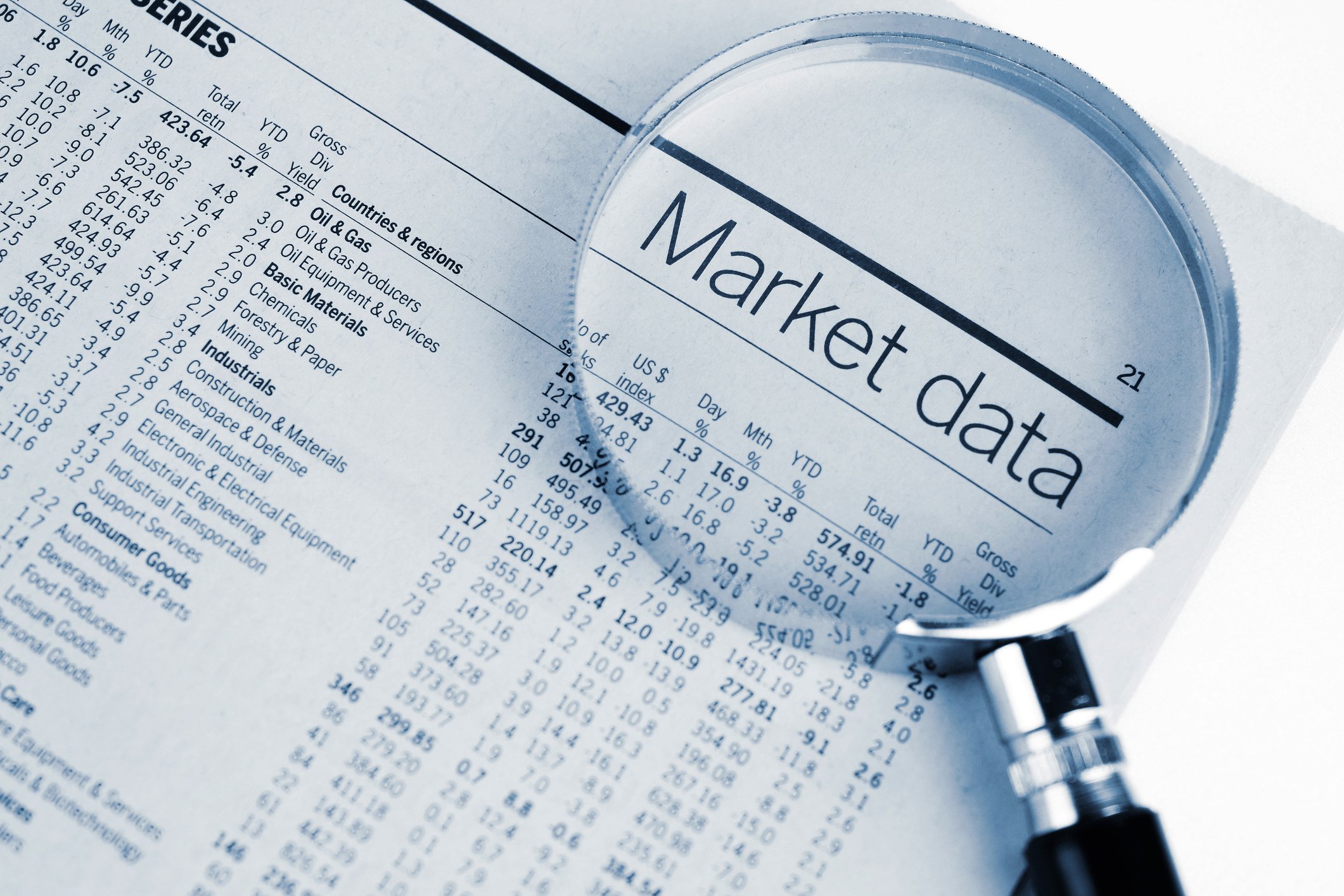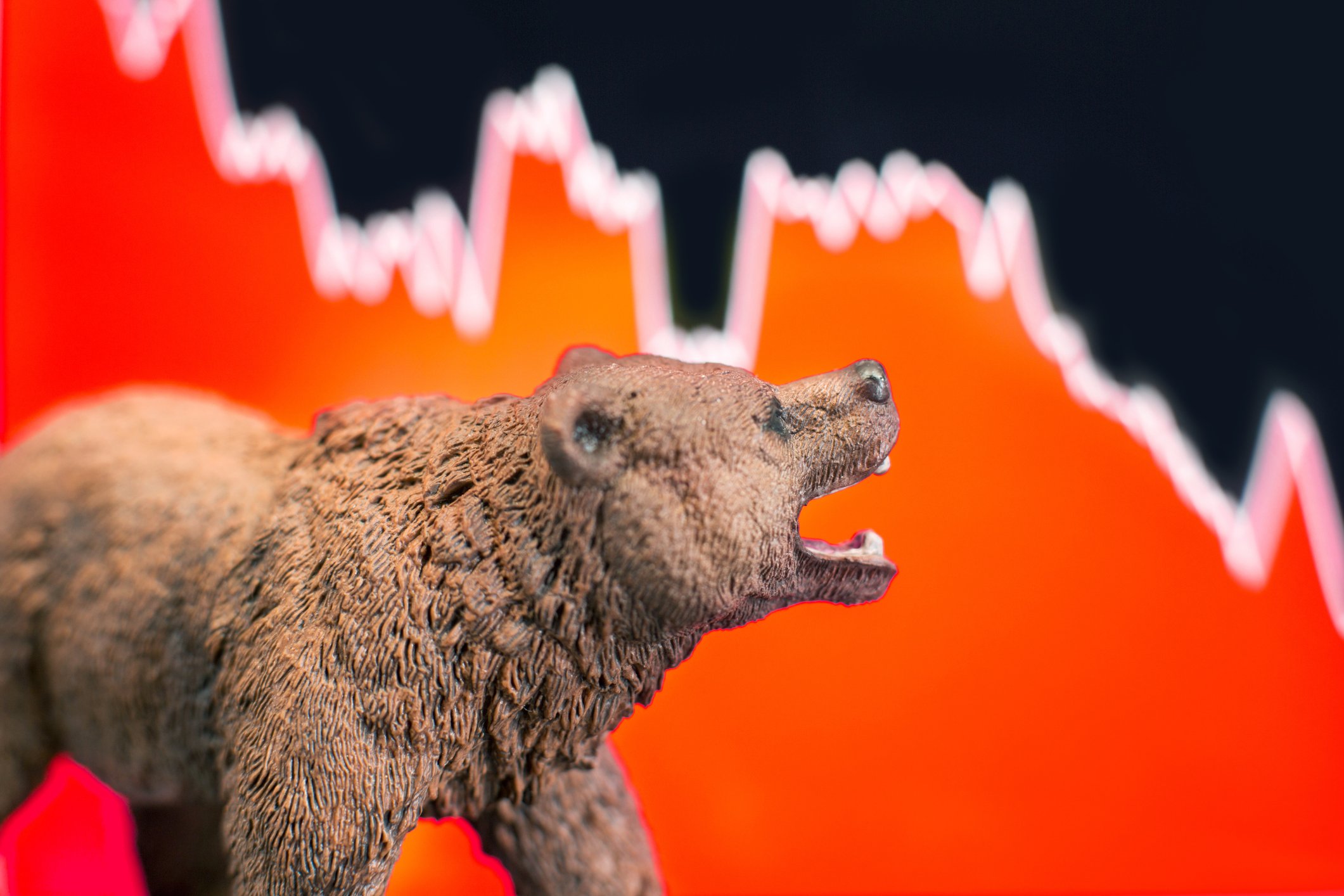If you're an investor, the past two weeks have been nothing short of wild. Last week, the stock market turned in its worst performance in more than 11 years, with the 123-year-old Dow Jones Industrial Average falling 12.4%, the technology-focused Nasdaq Composite dipping 10.5%, and the broad-based S&P 500 (^GSPC +0.65%) shedding 11.5%. We've also witnessed the largest single-session point decline (and increase) for all three major indexes over the past two weeks.
The daily movements in the stock market of late certainly indicate that the fear of a recession in the United States is rising. While factors such as the U.S.-China trade war were believed to be the greatest short-term threats to the stock market and U.S. economy, it now looks as if coronavirus disease 2019 (known simply as COVID-19) is the greatest threat to growth.
Traditionally, when a serious "threat" arises, the Federal Reserve marches in and saves the day. Unfortunately, that's not going to happen this time around.

Image source: Getty Images.
Here's how the Federal Reserve influences the U.S. economy
The Federal Reserve is responsible for controlling monetary policy in the United States. It does this by influencing short-term interest rates via the federal funds rate. This is the rate that depository institutions (banks and credit union) charge to other banks and credit unions for overnight lending. While making adjustments to the federal funds rate doesn't directly impact interest rates, the trickle-down effect does influence everything from the interest you pay on your revolving credit cards to the yields you receive from savings accounts held at a financial institution.
When the Federal Reserve wants to keep the U.S. economy from overheating and experiencing high levels of inflation, it'll raise the federal funds rate, thereby making it more expensive for businesses and individuals to borrow money. On the other hand, when the Fed wants to stimulate growth it lowers the federal funds rate to encourage borrowing and lending. Between December 2008 and December 2015, the fed funds rate was kept at an all-time low, which is a big reason the U.S. economy rebounded so strongly from the Great Recession.
It all sounds so simple, but managing the nation's monetary strategy is incredibly tough. That's because the economic data the Fed utilizes to make its monetary decisions can be anywhere from weeks to months old. What's more, changes made to the federal funds rate can take anywhere from three months to two years to fully work their way into the U.S. economy. Thus, it's easy to overshoot by tightening or loosening monetary policy too quickly.

Image source: Getty Images.
If coronavirus leads to a U.S. recession, the Fed won't be able to save us
With coronavirus capable of providing an unexpected shock to the U.S. and global economy, the Fed and its Board of Governors acted swiftly this past Tuesday by cutting its federal funds rate 50 basis points to a new range of 1.00% to 1.25%. It was the first time the Fed chose to reduce rates in between Federal Open Market Committee meeting dates since the financial crisis in 2008. The hope is that lending and borrowing will pick up, leading to a resurgence in the U.S. economy later this year. Further, the perception is that the nation's central bank will do everything necessary to preserve the longest economic expansion in U.S. history.
But there are two core problems with this thesis.
First of all, exogenous shocks to the economy can't always be dealt with through fiscal or monetary means. For instance, if COVID-19 leads to a recession, it'll be caused by a lack of consumption. As a reminder, consumption accounts for about 70% of gross domestic product in the United States. If fear drives consumers and businesses to hold off on making purchases, there's no amount of rate cuts or quantitative easing the Fed can implement to change those habits. Lower lending rates can encourage companies to produce, but that does nothing if consumers aren't buying.
The other issue here is that the Federal Reserve isn't working with a full deck. By this I mean the Fed has previously had to reduce the federal funds rate by an average of 500 basis points to stimulate the U.S. economy enough to pull it out of a recession. Even at the peak of the recent tightening cycle, the fed funds rate never surpassed a range of 2.25% to 2.5%. We're not even in a recession at the moment, but the Fed now only has 100 basis points of "firepower" left in the tank before the fed funds rate would be right back at all-time record lows.
If – and this is a big if – coronavirus does lead the U.S. into a recession, there's not much of anything the Federal Reserve can do to ease the sting on the U.S. economy or the stock market.

Image source: Getty Images.
Staying invested is the best course of action
While the prospect of a recession might sound scary, or perhaps even new for some of you younger workers who haven't experienced one, they're a natural part of the economic cycle.
What's more, recessions also tend to be relatively short, with the U.S. economy and stock market spending a considerably longer period of time expanding than contracting. Even though it might be tempting to head for the perceived safety of the sidelines, doing so, even in a highly volatile stock market, is pretty much always a bad idea.
You see, not only are many of the stock market's biggest one-day gains packed in proximity to its worst single-session performances, but the stock market has erased each and every one of the S&P 500's previous 37 corrections of at least 10% (not rounded). If you buy high-quality companies and simply allow them the proper amount of time to grow their sales and profits, you tend to generate long-term wealth.
We'd like to think of the Federal Reserve as our savior, but we're really our own financial knights in shining armor, as long as we hold our investments for the long-term, that is.






